
If You See Pork with These 4 Signs at the Market, Don’t Buy It No Matter How Cheap
If You See Pork with These 4 Signs at the Market, Don’t Buy It No Matter How Cheap – It Could Be Harmful
Pork is a common dish in many families. However, not everyone knows how to choose fresh, safe pork.
To avoid buying low-quality meat, stay away from cuts that show these 4 warning signs: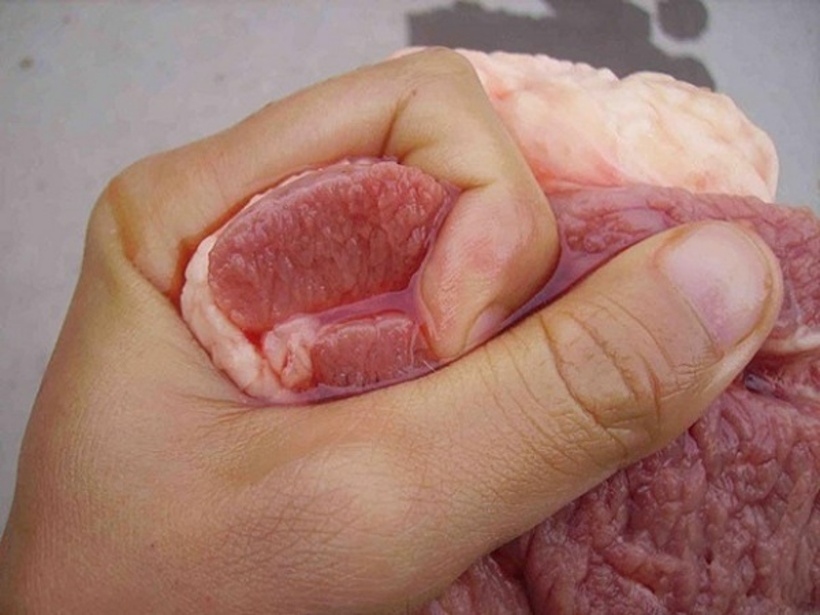
1. Pork with a dark color and blood stains on the surface
According to Nguoi Dua Tin, many homemakers think that blood stains on pork mean it is freshly slaughtered. In fact, during proper butchering, these stains should be cleaned off. Cuts of meat with blood stains may no longer be fresh, and some dishonest sellers even smear blood on them to trick customers. Old pork usually looks darker, tastes bad, and may cause illness.
Fresh, quality pork should have a pale pink to deep red color, no foul odor, and when sliced lengthwise, the inside looks dry and firm. The skin should be soft, fat white to ivory, and it should not have an oily smell.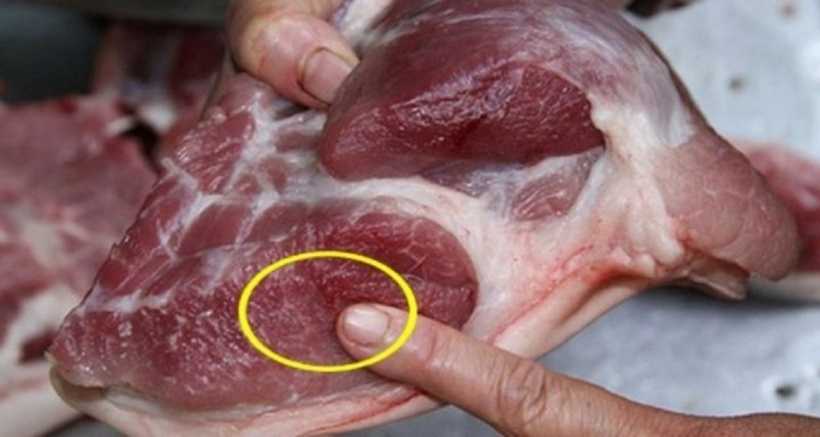
2. Pork that looks watery
If pork looks overly wet or dripping, it may have been pumped or soaked with water to increase its weight. Sellers often wipe off the excess liquid – a clear sign the meat has been tampered with. Avoid this type of pork.
3. Pork with no elasticity
Fresh pork has good elasticity. When pressed with a finger, the dent should quickly disappear. If the meat fibers are firm, even, and not mushy or slimy, it is good quality.
If the dent remains, the meat may have been frozen and thawed for resale, which reduces elasticity. Spoiled pork can also show this sign.
4. Pork that feels slimy
Fresh pork feels firm and slightly sticky to the touch. In contrast, spoiled pork feels slimy and has a sour or unpleasant odor – a sign of bacterial contamination.
Signs of pork contamination or disease
Besides bad smell and poor elasticity, low-quality pork may show abnormal colors or marks:
-
Pork with typhoid: bruises or tiny hemorrhages on the skin.
-
Pork with hemorrhagic septicemia: large bruises or blood clots in the meat.
-
Pork with parasites: small white cysts resembling rice grains (tapeworm larvae) inside the meat.
-
Pork soaked in borax: mushy texture, watery, unnatural smell; after washing, it fades in color and smells fishy from artificial dyes.
-
Pork from pigs with cholera: red hemorrhages under the skin or ears, like mosquito bites.
-
Pork from pigs with hepatitis: yellowish color.
Storage tips to keep pork fresh
Even fresh pork can spoil or cause food poisoning if not stored properly.
-
Wrap it well and refrigerate immediately.
-
Keep raw pork away from cooked or ready-to-eat foods (like vegetables and fruit).
-
If not cooking right away, store pork in the freezer. For short-term use, refrigerate in the chiller compartment to avoid long thawing times.
With these tips, you can confidently choose fresh, quality pork and make safe, delicious family meals.
News in the same category


If You Find This Insect in Your Home, Here’s What It Means

Doctors Reveals That Eating Apples Causes

What are the health consequences of dehydration?

Heartbreaking but Important: Subtle Signs Your Dog May Be Nearing the End of Life
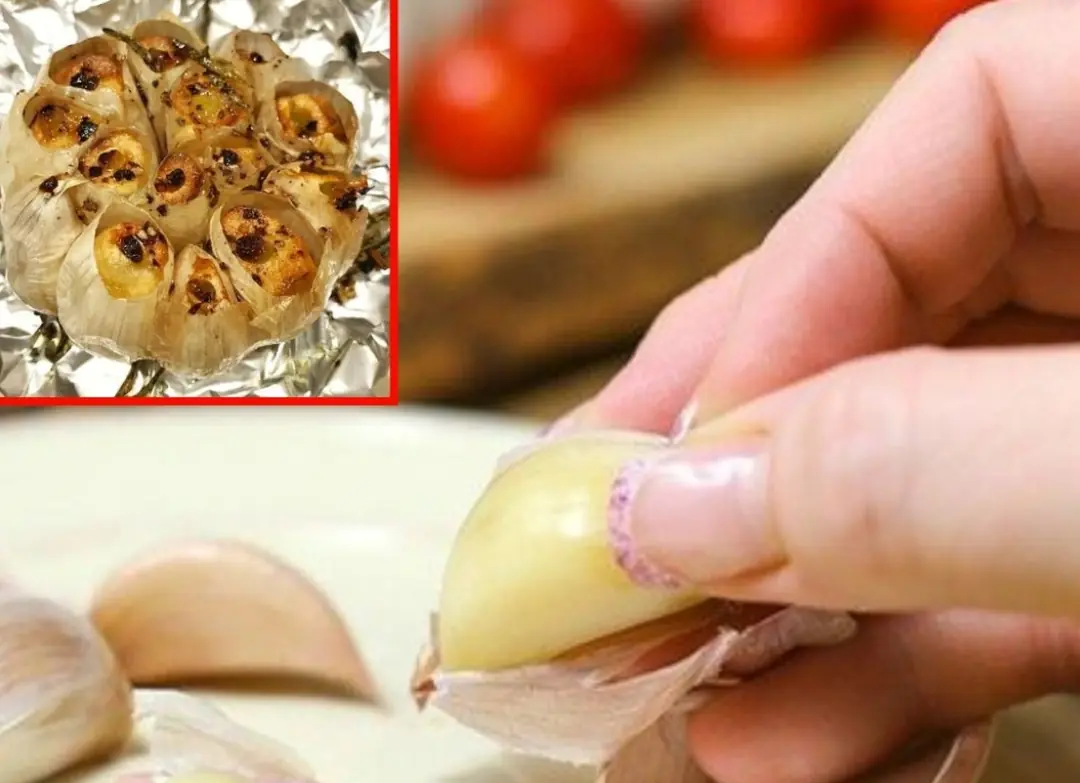
Put a piece of garlic in the middle of the tree, it has great uses, everyone will want to do it

Save a Ton of Electricity Just by Pressing One “Special” Button on Your Washing Machine — Many People Use It for Years Without Knowing

Why Do Flight Attendants Choose to Stay at a Hotel Instead of Going Straight Home After Landing?

Cardiologist answers questions about clip instructing stroke check with finger that has millions of views on social networks

Many people think it's for decoration!

What it says about your relationship when your partner sleeps with their back to you

When Someone in the Family Passes Away, Never Throw Away These 4 Things at Their Funeral

If you hear ringing in your ear, this is a sign that you will suffer from...

When a cat rubs against you, this is what it means

Why do dogs often chase strangers

5 bad habits that increase the risk of str.oke at night

The Silent Mystery of Seat 11A: From the Most Hated Spot to a “Lucky Charm” That Saved the Only Survivors of Two Air Disasters
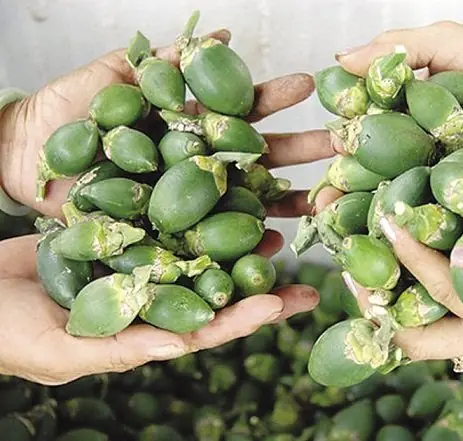
Doctor’s note: 4 fruits you should limit due to potential health risks, even if they seem affordable.

How dangerous are scratches on non-stick pans?

Warning: 2 types of cooking oils that are harmful to the heart should be limited
News Post

Classic Cherry Pie

Hawaiian Pineapple Glazed Ribs

Honey Garlic Roasted Chicken Thighs with Potatoes & Carrots

6 Types of Foods That Negatively Affect Your Thyroid — What to Limit or Avoid

The most powerful herb that removes parasites, urinary tract infections and herpes

Tips to Help Hair Grow Faster and Thicker: A Complete Guide for Strong, Healthy Hair

If You Notice These Two Little Holes on Your Back, It Means You’re Not… Tap to Discover

Great effects of rice water you should not miss

Warning: Pain in These Three Areas May Be an Early Sign of Lung Can.cer
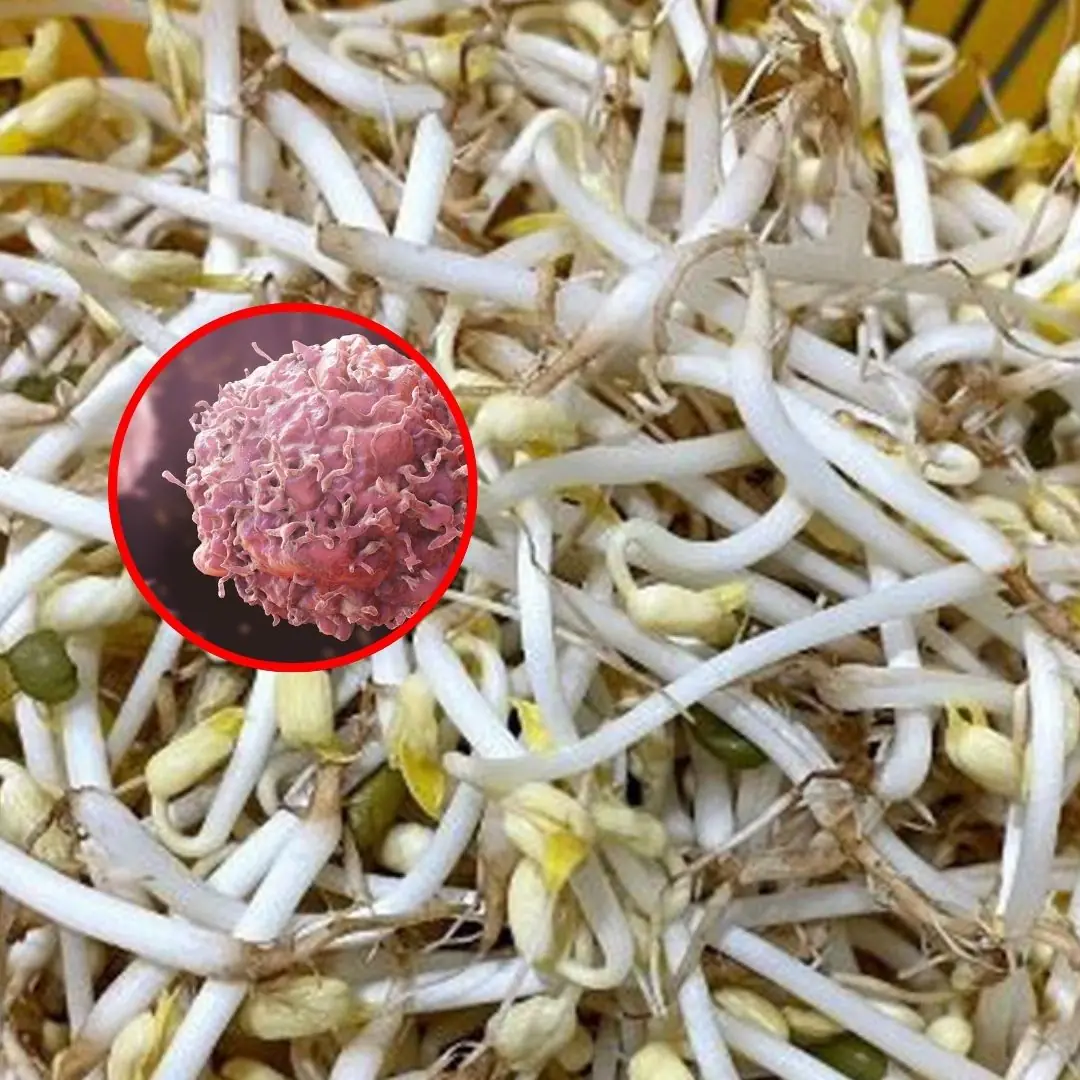
Vegetables listed as ca:ncer - causing that many people still eat, should be stopped immediately

If You Find This Insect in Your Home, Here’s What It Means

Tomato Basil Bruschetta

Mediterranean Tortellini Pasta Salad

Swollen Feet? Don’t Ignore This Clear Red Flag — Here’s What It Really Means

Doctors Reveals That Eating Apples Causes

How to Deep-Clean Bed Pillows and Restore Them to Cloud-Like Freshness—Naturally

Why You Keep Waking Up Between 3 and 4 AM - 4 Health Issues Your Body May Be Signaling

Indoor Air Quality: 6 Common Household Items That May Affect Your Lungs — And How to Use Them Safely

What are the health consequences of dehydration?
